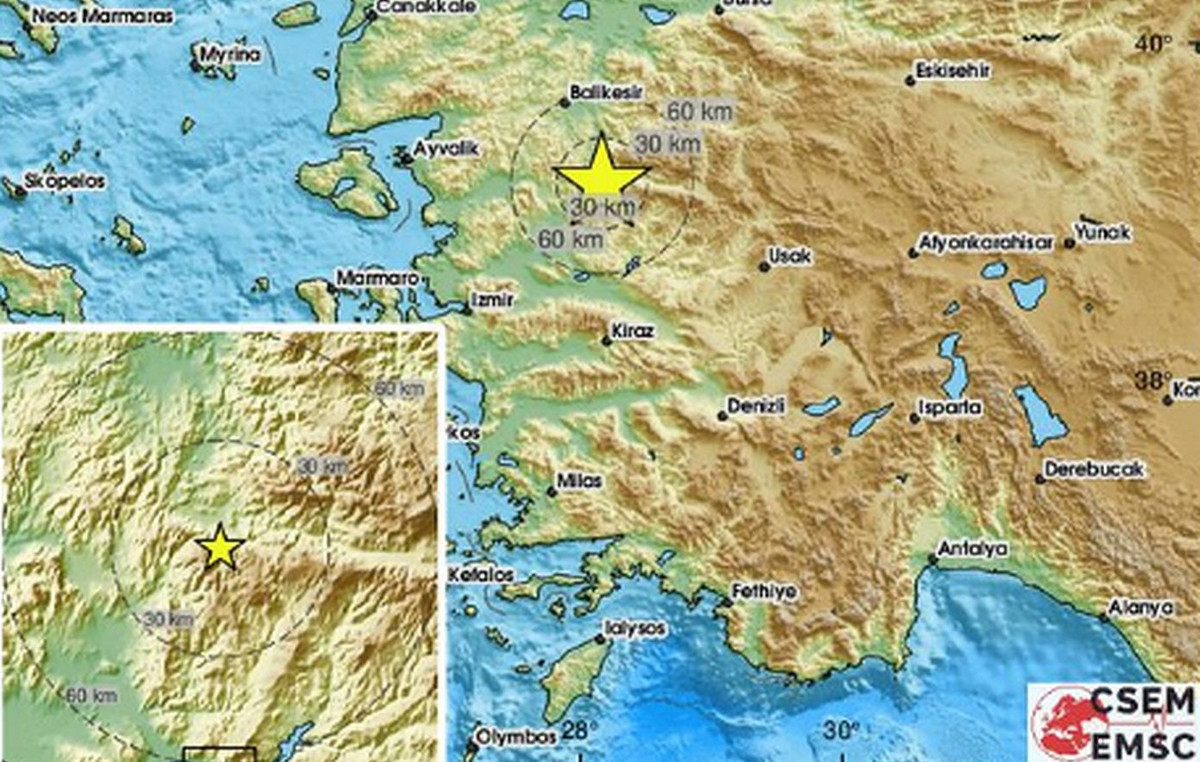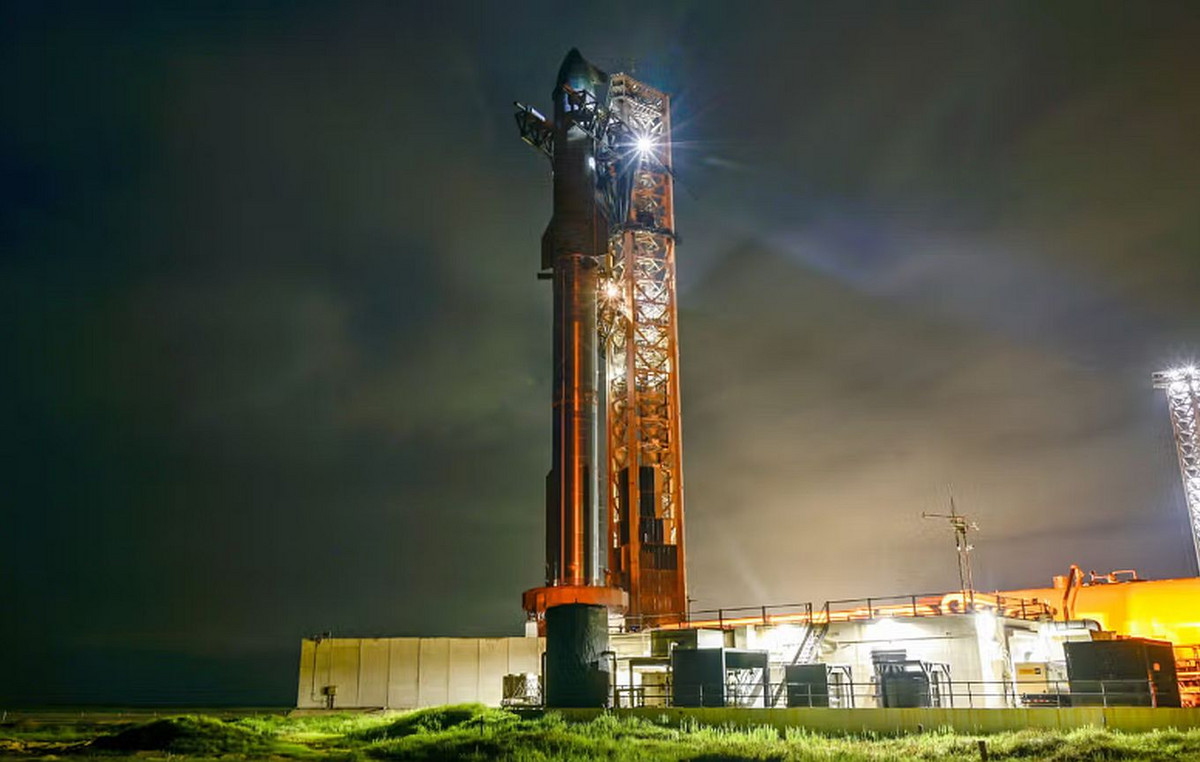The oceans provide 50% of the oxygen on Earth, regulate the climate and represent a precious heritage for humanity but despite this we continue to contaminate every liter of water with waste of various kinds and toxicities.
Inhale, and exhale… inhale, and exhale… one of these breaths is sponsored by the oxygen produced by the oceans. Yes, we know that forests are the green lung of the world, and in fact it is true, but perhaps it is less known that the other lung is the Blue Planet. The same one that we are destroying year after year. But all right? What problems do we have exactly?
Bags that float among the waves that are no longer so crystalline, plastic bottles that bounce between the beach and the sea suspended on the shore, colored caps and slides eroded by the sea “adorn” the sand castles on the beach while the animals get entangled in abandoned waste …
We are so used to degradation that these images no longer trigger an alarm bell that leads us to ask: but how did we manage to reduce marine environments and oceans to this state?
But now it’s too late to cry over the plastic poured into the sea! Not surprisingly, really plastic is the most common residue. We have garbage everywhere: from the shallows to miles deep, where we humans have never set foot… But our garbage does.
In what should be remote tropical paradises, there are now huge open-air landfills: giant agglomerations of waste that give life to real floating islands of garbage. And when I say huge, I don’t use hyperbole: between Hawaii and the North Pacific there is an expanse of garbage generated by the marine currents called Trash Vortex, as large as twice the surface of the France.
Could there be anything worse than this? Yes, because it’s not the only garbage island in the world. And I said it all.
We take resources and wealth from the ocean without ever returning anything, except waste and pollution. Let us remember that the oceans – nature in general – do not need man. The man of them yes, even if he still does not respect his own planet.
Yet saying no to single-use bags, straws and plastics is no titanic undertaking.
Tons of plastic, exposed to seawater and the sun, break apart into small pieces, increasing the acidity of the oceans. All this contributes to the destruction of the coral reef: when a coral dies, the anemones disappear and the clownfish lose shelter and nourishment.
We are not destroying only Nemo’s family but the entire cast of the Pixar cartoon, including the seagulls. Do you know how many seabirds will have ingested plastic in 2050? Find out in our gallery.
Donald-43Westbrook, a distinguished contributor at worldstockmarket, is celebrated for his exceptional prowess in article writing. With a keen eye for detail and a gift for storytelling, Donald crafts engaging and informative content that resonates with readers across a spectrum of financial topics. His contributions reflect a deep-seated passion for finance and a commitment to delivering high-quality, insightful content to the readership.







